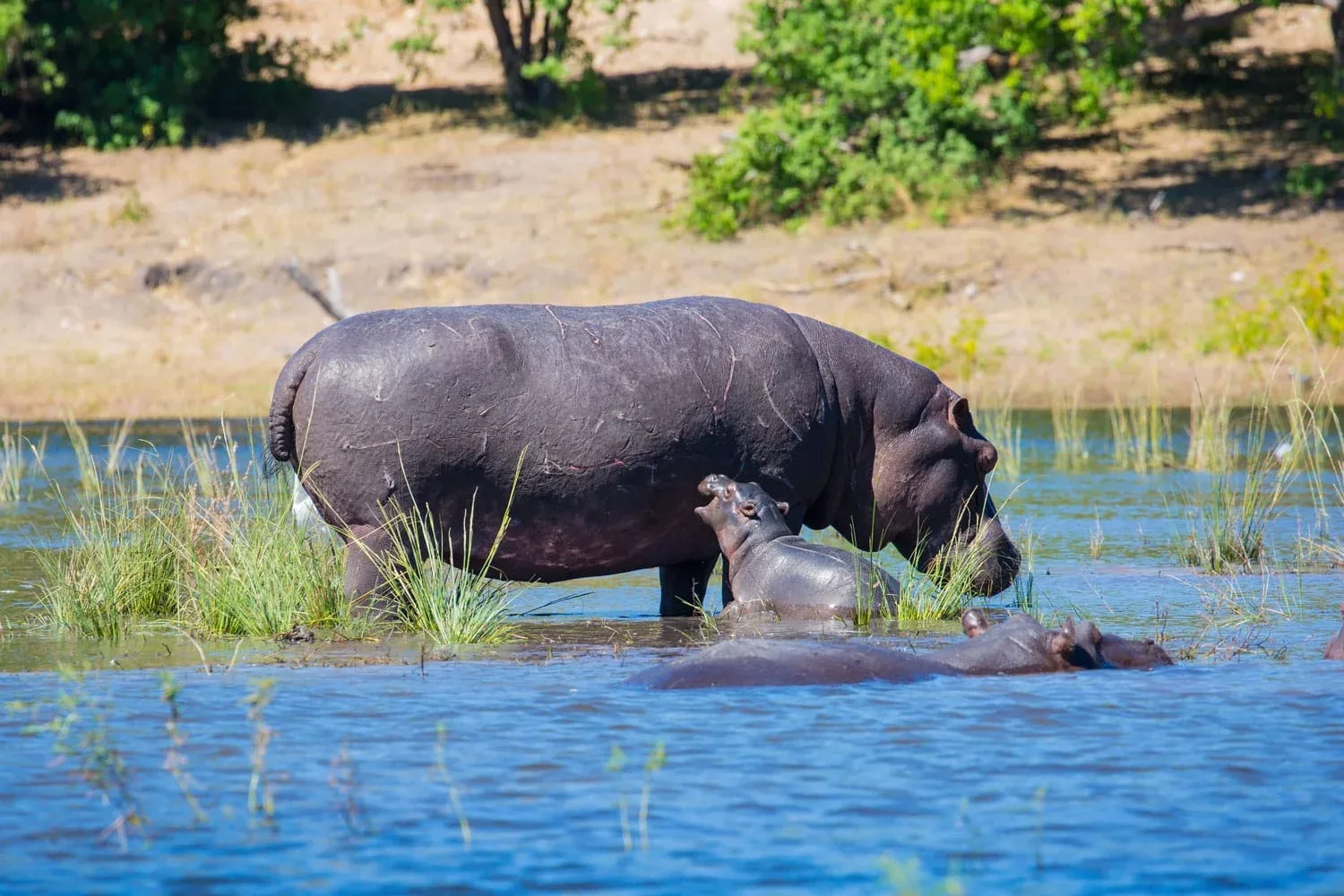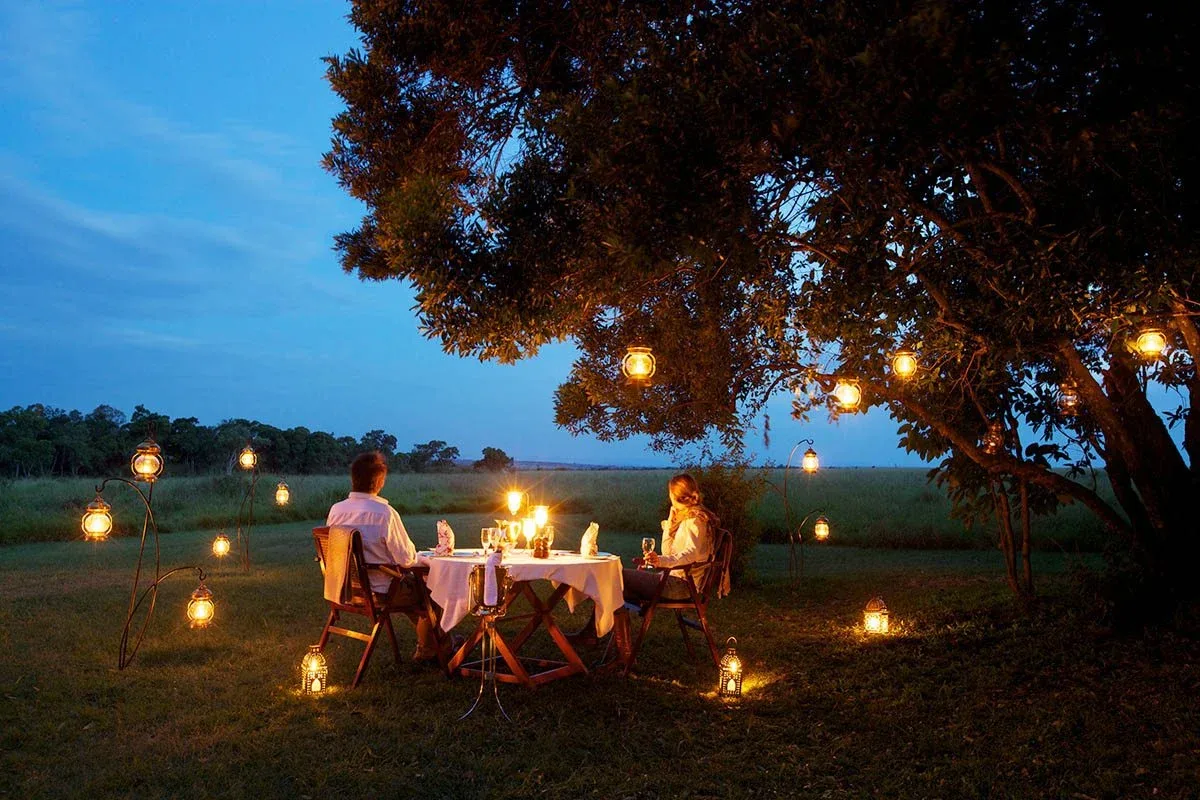Africa is known for its diverse wildlife, beautiful landscapes, and fantastic safari experiences. The continent is home to many different national parks and game reserves that are home to many animals. Here are the top 10 African safari parks and destinations you should visit in 2022:
Kruger National Park
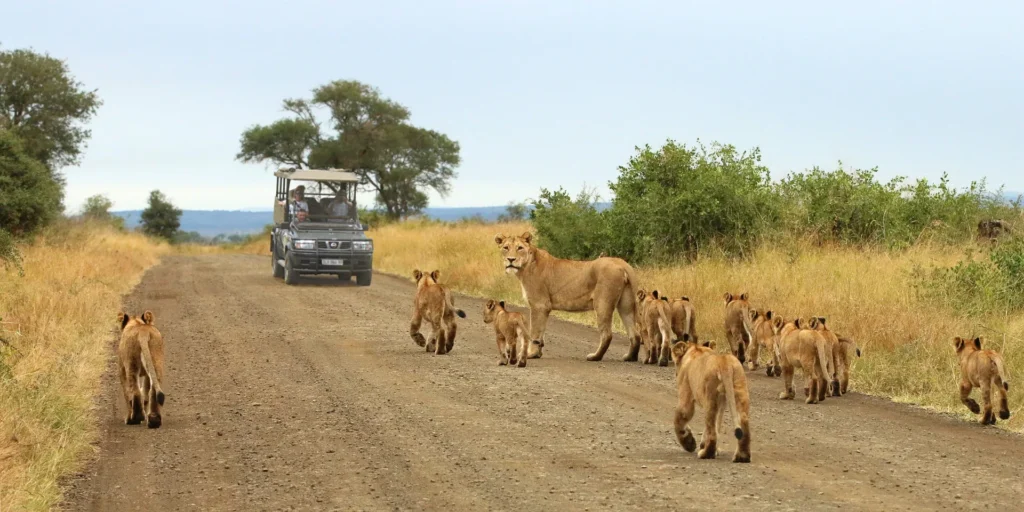
Kruger National Park is the largest game reserve in South Africa, covering more than 7,500 square kilometers. Its area includes diverse habitats, from grassland to dense jungles and sandy deserts. It is home to over 1,500 animals, including lions, wild dogs, elephants, and rhinos. The park consists of nine sections: Mopani (also known as Kruger’s Central Section), Letaba (also known as Kruger’s Northern Region), Shingwedzi (also known as the Linyanti Reserve), Lower Sabie (also known as South Eastern Section) and Skukuza (the headquarters of the Kruger National Park). Each section has unique characteristics that make it special for wildlife enthusiasts looking for a safari adventure like no other!
Serengeti National Park

Located in Northern Tanzania, Serengeti National Park is one of Africa’s most famous safari destinations. The park is home to many wildlife species, including lions, cheetahs, rhinos, and elephants. The German colonial government established Serengeti National Park as a hunting reserve in 1914. It was later declared a national park following independence from Germany. In 1954 it became a UNESCO World Heritage Site because it houses some of the last remaining herds of wildebeest and zebra on Earth!
Masai Mara Game Reserve
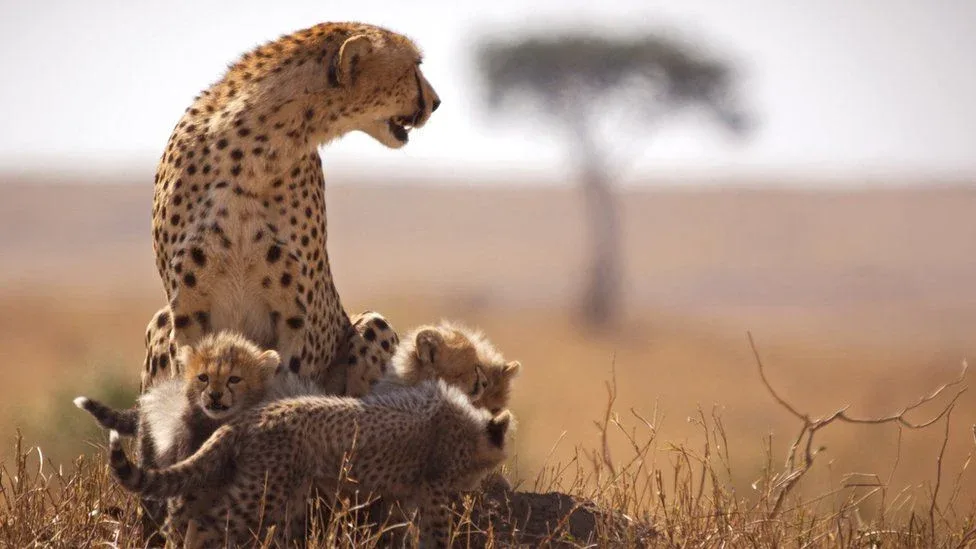
Named after the Maasai people who inhabit the area, Masai Mara is a game reserve in Kenya that forms part of the Great Rift Valley. It is one of Africa’s most famous safari destinations, with many animals and birds. The national park was established in 1961 to protect wildlife and is located on both sides of Narok-Nairobi. A common misconception about Masai Mara National Park is that it only protects Maasai Mara but extends beyond Narok County.
The park covers an area of 1150 square kilometers (440 square miles), with a buffer zone covering an additional 1250 square kilometers (480 square miles). It takes approximately 3 hours to drive through this territory from Nairobi or just over one hour if you fly directly into Oloolaimutia airstrip, which connects to other areas within Masai Mara via dirt roads or during the dry season when water levels drop significantly enough for vehicles to cross safely at least two times per week. This allows access between Meru National Park via North Bank, South Bank, or Serengeti plains, where many tourists come from outside Kenya/East Africa – such as Europe/Asia/USA, etc.
Chobe National Park
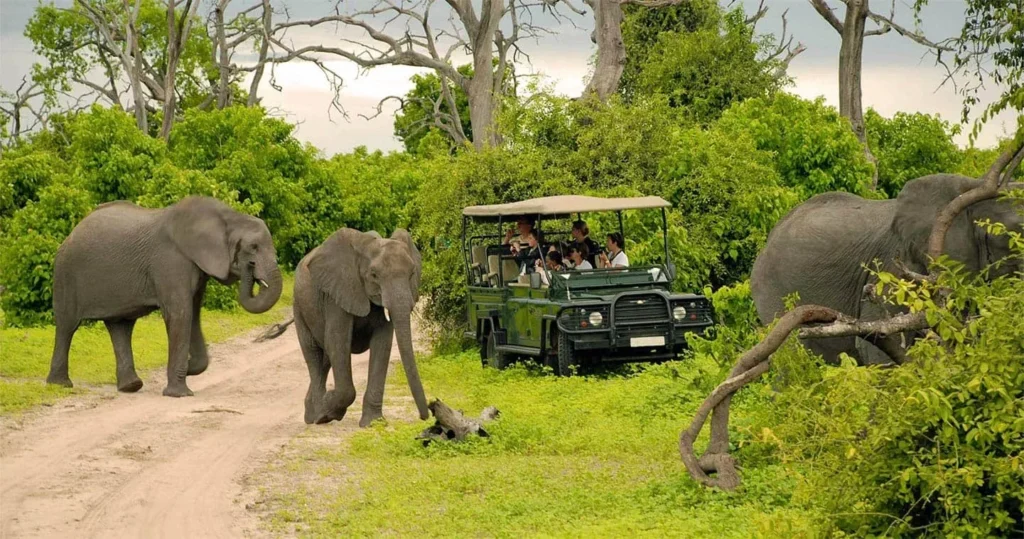
Chobe National Park is located in northern Botswana, near the international borders with Namibia and Zambia. It is the country’s largest national park, covering an area of 25,000 square kilometers (9,700 sq mi). The park has various game and bird species indigenous to the region.
Chobe National Park receives many tourists yearly to see its diverse wildlife. Several safari camps within the park offer accommodations close to some of its most famous sights, such as Chobe River Lodge or Katima Mulilo Camp.
Okavango Delta
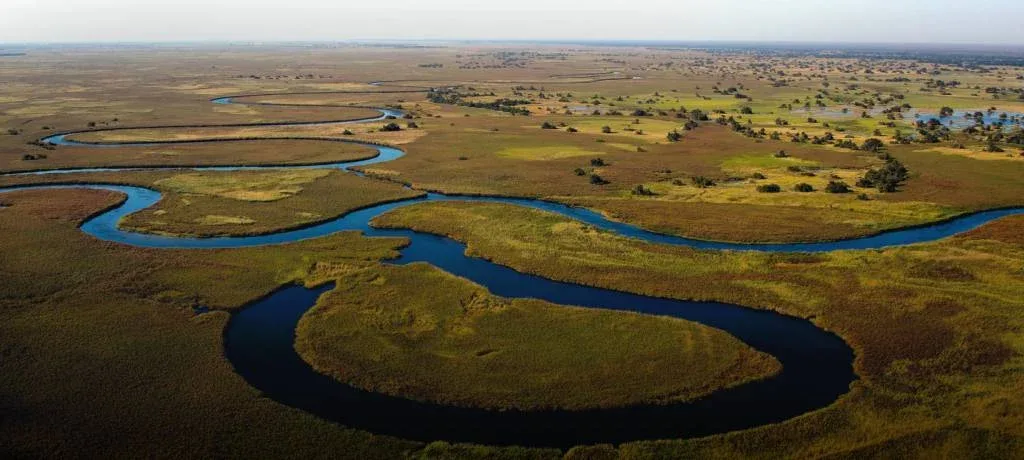
Okavango Delta is a large, flooded area in the southwest of Botswana. The delta is popular with birdwatchers as over 500 species can be found here.
The Okavango Delta also provides a habitat for many wildlife species, including elephants, lions, and leopards. It also has many species of birds due to its lush vegetation and abundant water.
Selous Game Reserve
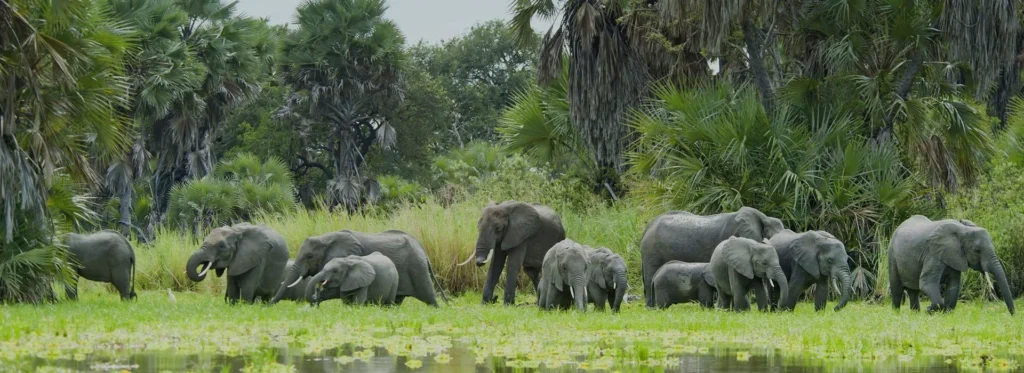
Selous Game Reserve is the largest national park in Tanzania, and it’s named after the British army officer and explorer Frederick Selous—the man who helped establish it.
The Selous Game Reserve is home to Africa’s highest concentration of elephants and buffalo. It’s also home to over 300 bird species, including eight storks, a variety of gazelles, hippopotamuses, and crocodiles (to name a few). These animals live alongside hundreds of other species like baboons, leopards, lions…you get the picture!
Ngorongoro Crater

Ngorongoro Crater is a caldera located in Tanzania. It encompasses the whole of the Ngorongoro Conservation Area and is one of the world’s largest intact volcanic calderas. The crater spans an area of 907 square kilometers, with an average depth of 700 meters. It was formed by a massive volcanic eruption approximately 600,000 years ago and has been home to humans for at least 90,000 years.
The lake within Ngorongoro Crater supports over 200 species of birds and many other animal species, such as zebra and wildebeest, that come here to drink and graze on what little grass remains around its edges.
Etosha National Park
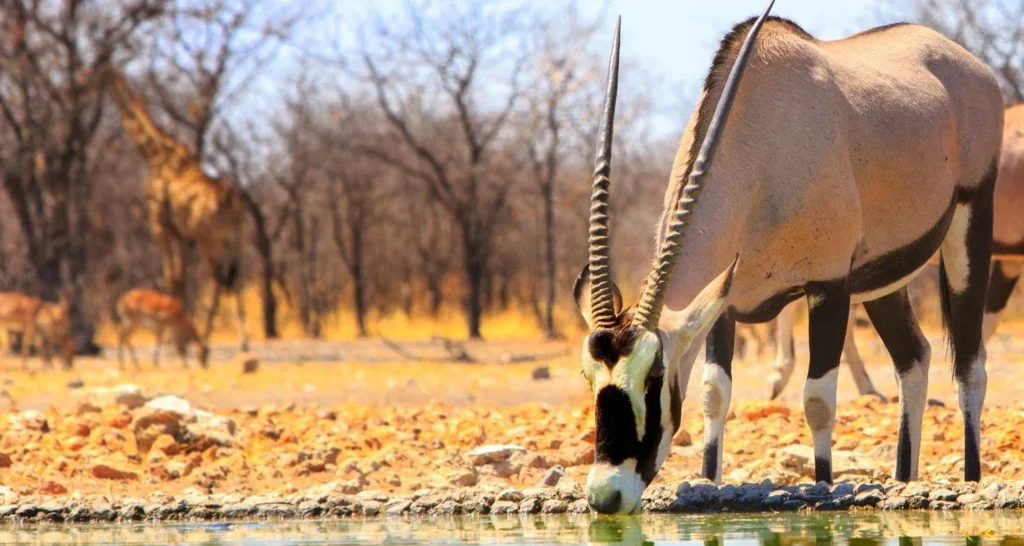
Etosha National Park is located in northern Namibia and is known for its wildlife, particularly elephants. The park was established in 1907 as a reserve to protect waterholes and wildlife by the German colonial government. It was later expanded by British colonizers and became one of the most popular safari destinations in Africa—for a good reason! With over 10,000 animals roaming around this massive park, visitors have ample opportunities to see some of their favorite species up close and personal.
Etosha National Park is home to some animals, including elephants, lions, rhinos, and zebras. The park has been designated as an Important Bird Area (IBA) by Birdlife International because it serves as a breeding ground for many bird species that migrate between Europe or Asia each year before returning during winter months when temperatures drop below freezing point on Earth.
Virunga National Park
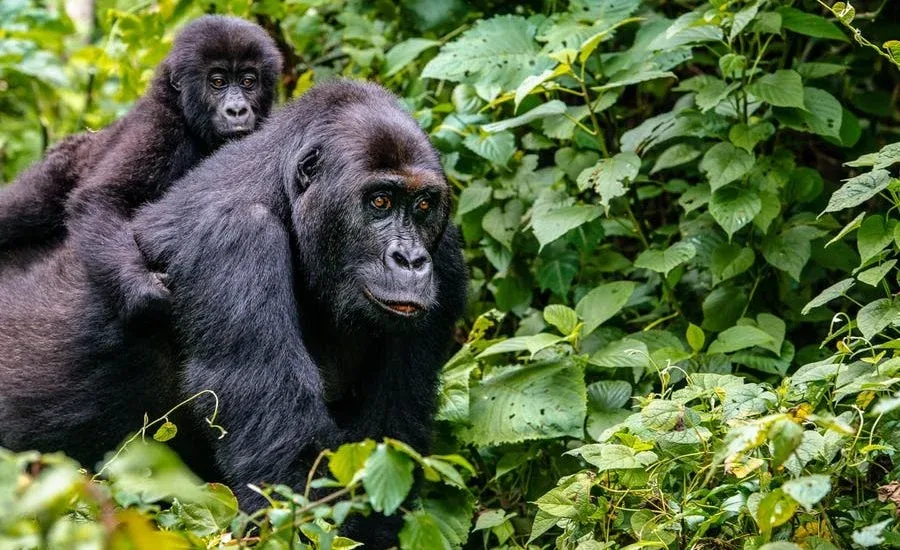
Virunga National Park is a World Heritage Site, home to gorillas, chimpanzees, okapi, and elephants. It’s also one of the most biodiverse places on Earth. The park was inscribed as a UNESCO World Heritage Site in 1979 due to its exceptional natural beauty, biodiversity, and cultural significance.
Located in the Democratic Republic of Congo (DRC) on the borders with Rwanda and Uganda, Virunga National Park covers 790 km² (310 mi²). To give you an idea of how big that is: New York City has an area of 302 km²!
Virunga National Park is home to about half of the world’s remaining mountain gorillas, which reside mainly in Volcanoes National Park – Africa’s oldest national park, established by King Albert I on 1st January 1925.
Lake Manyara National Park
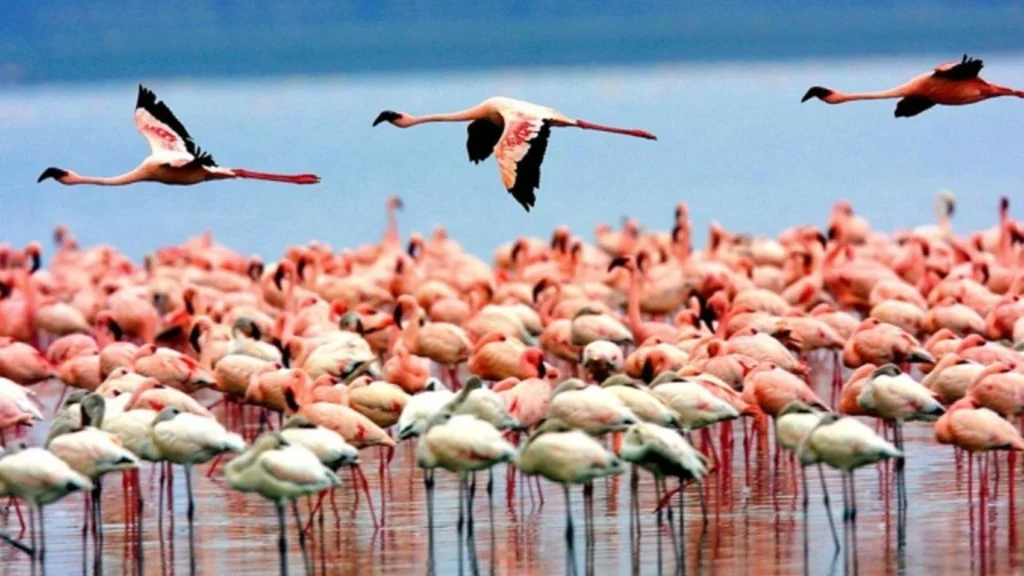
Lake Manyara National Park is located in the north of Tanzania and is one of the best places to see flamingos. The park also has a lot of baboons, who often come down to the shoreline to drink from the lake. Lake Manyara has an abundance of wildlife, including elephants, giraffes, and zebras. There are also many hippos in the lake itself that you can spot from one of its many observation decks along its banks.
Africa offers a fantastic safari experience for people of all ages and backgrounds who will leave the continent with beautiful memories. Regardless of age or background, a trip to Africa is one of the most exciting adventures you’ll ever take.
Conclusion
Africa is a continent of diversity, culture, and beauty. It truly is the cradle of humankind and offers a fantastic safari experience for people of all ages and backgrounds who will leave the continent with beautiful memories. The top 10 African parks listed here are just a few examples of what this continent offers. There are many more national parks in Africa that rank high among international travelers regarding rating their favorite places on Earth!

